Home>Home Maintenance>When Is The Best Time To Test The Ventilation System
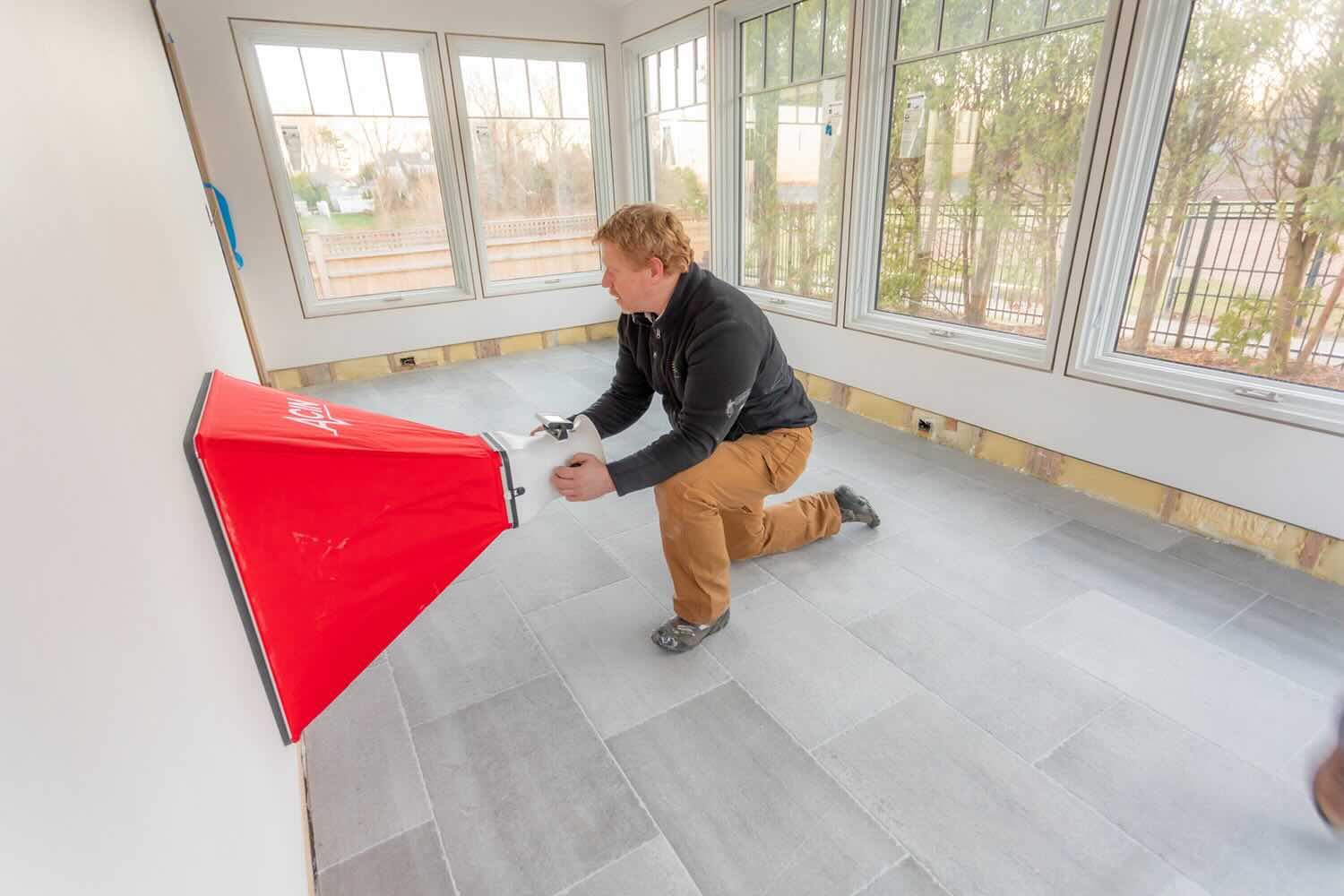

Home Maintenance
When Is The Best Time To Test The Ventilation System
Modified: March 6, 2024
Discover the optimal moment to evaluate your home ventilation system with our comprehensive guide. Ensure top-notch home maintenance with expert tips and insights.
(Many of the links in this article redirect to a specific reviewed product. Your purchase of these products through affiliate links helps to generate commission for Storables.com, at no extra cost. Learn more)
Introduction
Having a properly functioning ventilation system is crucial for maintaining a healthy and comfortable home. It helps to circulate fresh air, remove pollutants, and regulate the temperature and humidity levels. However, over time, ventilation systems can become less efficient due to wear and tear, dirt, or other factors. Therefore, it is important to periodically test and inspect your ventilation system to ensure it is working optimally.
In this article, we will delve into the importance of testing ventilation systems, discuss the factors affecting the timing of these tests, provide recommended timelines for testing, share best practices for conducting ventilation system tests, and highlight the benefits of regular testing.
So, let’s take a deep breath and dive into the world of ventilation system testing!
Key Takeaways:
- Regular testing of your ventilation system ensures clean air, lower energy costs, and a longer system lifespan, creating a healthier and more comfortable home environment for you and your family.
- Factors like system age, usage, and seasonal changes affect when to test your ventilation system, so consider these factors to determine the best testing schedule for optimal system performance.
Read more: How To Test Range Hood Suction
Understanding the Importance of Testing Ventilation Systems
Ventilation systems play a crucial role in maintaining good indoor air quality, promoting a healthy living environment, and preventing the buildup of harmful pollutants. Testing your ventilation system is essential to ensure its proper functioning and identify any potential problems that may arise.
Regular testing allows you to assess the airflow, verify that the system is removing contaminants effectively, and ensure that air is being distributed evenly throughout your home. This is particularly important for individuals with respiratory issues or allergies, as a poorly functioning ventilation system can worsen their symptoms.
Additionally, a malfunctioning or inefficient ventilation system can lead to increased energy consumption and higher utility bills. By testing your ventilation system, you can identify any inefficiencies and take steps to optimize its performance, ultimately saving energy and money in the long run.
Detecting and addressing ventilation system problems early on can also extend the lifespan of your equipment. Regular maintenance and testing can help to identify issues such as blocked air vents, clogged filters, or malfunctioning fans. By addressing these problems promptly, you can prevent further damage and costly repairs down the line.
Furthermore, in today’s increasingly airtight homes, proper ventilation is crucial for preventing the accumulation of excessive moisture, which can lead to mold and mildew growth. Testing your ventilation system allows you to ensure that it effectively removes excess moisture, reducing the risk of these harmful contaminants and protecting the structural integrity of your home.
Overall, testing your ventilation system is not just a matter of convenience; it is a vital step in promoting a healthy, comfortable, and energy-efficient living environment for you and your family.
Factors Affecting The Optimal Timing for Testing
While regular testing is essential, the optimal timing for testing your ventilation system can vary depending on a few factors. Let’s explore the key factors that can affect the timing of your ventilation system tests:
1. Age of the Ventilation System: The age of your ventilation system is a significant factor to consider. Older systems may require more frequent testing as they are more prone to wear and tear, which can lead to decreased efficiency. On the other hand, newer systems may require less frequent testing but still need to be monitored regularly to ensure proper functioning.
2. Usage and Environmental Factors: The usage patterns of your home and environmental factors can also influence the frequency of testing. For instance, if you have a high occupancy household or live in an area with greater pollution levels, your ventilation system may require more frequent testing to keep up with the increased demand and potential pollutant buildup.
3. Seasonal Variations: The changing seasons can impact the performance of your ventilation system. For example, during the winter months, when windows and doors are often closed, it is crucial to ensure that your ventilation system is functioning optimally to prevent poor indoor air quality. Likewise, in the summer months, when air conditioning systems are used heavily, proper ventilation is essential to maintain comfortable humidity levels.
4. Renovations or Home Modifications: If you have recently undergone renovations or made modifications to your home, it is advisable to test your ventilation system afterward. Alterations to the layout or structure of your house could impact the airflow and effectiveness of your ventilation system, making it necessary to assess its performance and make any necessary adjustments.
5. Manufacturer’s Recommendations: Finally, it is important to consult the manufacturer’s recommendations for your specific ventilation system. They often provide guidelines on the recommended testing intervals based on the system’s design, specifications, and warranty requirements.
Considering these factors will help you determine the optimal timing for testing your ventilation system. However, it is important to note that regular testing and maintenance should be performed regardless of these factors to ensure optimal performance and air quality in your home.
Recommended Timelines for Testing Ventilation Systems
While the timing of ventilation system testing can vary based on individual circumstances, there are some general guidelines to consider. Here are the recommended timelines for testing your ventilation system:
1. Annual Inspections: It is generally recommended to have a professional inspect your ventilation system at least once a year. This inspection should include a thorough examination of the system’s components, such as the fans, filters, ductwork, and vents. It will help identify any issues that may be affecting the system’s performance and allow for necessary repairs or maintenance.
2. Seasonal Filter Changes: The air filters in your ventilation system play a crucial role in removing dust, allergens, and other particles from the air. It is important to regularly change these filters to maintain optimal airflow and prevent dust buildup. Depending on your specific system, the filters may need to be replaced every three to six months.
3. Periodic Airflow Testing: Checking the airflow throughout your home is another important aspect of ventilation system testing. This can be done by assessing the air movement from the vents in each room. Ideally, there should be even airflow and no noticeable blockages or restrictions. This test can be conducted every six months or as needed if you suspect a problem with the airflow.
4. Moisture and Humidity Monitoring: Monitoring the moisture and humidity levels in your home is crucial for preventing mold and mildew growth. Testing the effectiveness of your ventilation system in removing excess moisture can be done using a hygrometer or moisture meter. This test can be performed every few months, especially during periods of high humidity or after significant changes in weather conditions.
5. Post-Renovation Checks: If you have recently renovated your home or made modifications that could potentially impact the airflow or performance of your ventilation system, it is recommended to conduct a follow-up test. This will ensure that the system is functioning properly after the changes and that any necessary adjustments are made.
Remember, these timelines are general recommendations, and you should also take into account the specific requirements of your ventilation system and any manufacturer recommendations. Regular testing and maintenance will help ensure the optimal performance and longevity of your ventilation system, providing you with clean, fresh air throughout your home.
The best time to test the ventilation system is before the start of each season to ensure it is working efficiently. It’s also important to test after any maintenance or repairs have been done.
Best Practices for Conducting Ventilation System Testing
When it comes to testing your ventilation system, following best practices ensures accurate results and helps maintain the overall efficiency of your system. Here are some guidelines to keep in mind:
1. Safety First: Before conducting any testing, always prioritize safety. Ensure that the power to the system is turned off and that all necessary precautions are taken to avoid any electrical hazards. If you’re unsure about any aspect of the testing process, it’s best to consult a professional.
2. Gather the Right Tools: Before starting, make sure you have the necessary tools and equipment for testing your ventilation system. This may include a hygrometer or moisture meter, a thermometer, a pressure gauge, and any required testing devices recommended by your system’s manufacturer.
3. Document System Information: Keep a record of important information about your ventilation system, such as the make, model, installation date, and maintenance history. This documentation will be useful for future reference, tracking any changes, and aiding in troubleshooting if issues arise.
4. Thoroughly Inspect the System: Begin the testing process by conducting a visual inspection of your ventilation system. Look for any signs of damage, blockages, or accumulation of dirt and debris. Pay close attention to the fans, filters, ductwork, and vents. If you notice any issues, address them promptly before proceeding with further testing.
5. Test Air Flow and Distribution: Use handheld anemometers or other devices to measure the air velocity and airflow in different areas of your home. Ensure that the air is adequately distributed and that there are no blockages or obstructions in the vents. Uneven air flow may indicate a problem that needs to be addressed.
6. Check Filter Efficiency: Inspect and clean or replace air filters regularly to maintain optimal filtration capabilities. Use manufacturer-recommended filters that match the specifications of your system. Ensure that the filters are properly installed and that there are no gaps or leaks that could compromise their effectiveness.
7. Assess Humidity and Moisture Levels: Use a hygrometer or moisture meter to measure the humidity levels in different areas of your home. High humidity can lead to mold and mildew growth, while excessively dry air can cause discomfort. Make sure your ventilation system effectively manages indoor humidity levels within the recommended range.
8. Follow Maintenance Recommendations: Refer to your system’s manufacturer guidelines for maintenance recommendations and follow them diligently. This may include regular cleaning, lubrication of moving parts, and inspection of electrical connections. Adhering to the recommended maintenance practices will help keep your ventilation system functioning optimally.
9. Consult with Professionals: If you are unsure about any aspect of testing your ventilation system, or if you encounter complex issues during the process, do not hesitate to seek assistance from professional HVAC technicians or ventilation system specialists. They have the expertise and experience to ensure a thorough and accurate evaluation of your system.
By following these best practices, you can effectively test and maintain your ventilation system, ensuring its optimal performance, energy efficiency, and longevity.
Read more: When Is The Best Time To Clean Gutters
Benefits of Regular Ventilation System Testing
Regular testing of your ventilation system offers numerous benefits that contribute to a healthier, more comfortable, and energy-efficient home. Let’s explore the advantages of conducting regular ventilation system testing:
1. Improved Indoor Air Quality: One of the primary benefits of regular testing is the improvement of indoor air quality. Properly functioning ventilation systems help remove pollutants, allergens, and volatile organic compounds (VOCs) from the air, providing cleaner and fresher air for you and your family to breathe. Testing ensures that the system is performing optimally, effectively filtering out contaminants.
2. Enhanced Comfort: A well-functioning ventilation system helps create a more comfortable living environment by regulating temperature and humidity levels. Regular testing allows you to identify any issues, such as inadequate air distribution or insufficient temperature control, ensuring a consistent and comfortable indoor climate throughout your home.
3. Energy Savings: By testing and maintaining your ventilation system, you can optimize its efficiency and reduce energy consumption. A properly functioning system requires less energy to heat, cool, or dehumidify your home, resulting in lower utility bills. Regular testing also helps identify any inefficiencies or air leaks, allowing you to make necessary repairs and further improve energy efficiency.
4. Extended Equipment Lifespan: Routine testing and maintenance help extend the lifespan of your ventilation system. By identifying and addressing minor issues early on, you can prevent them from escalating into major problems that could potentially lead to expensive repairs or premature system failure. Regular maintenance also ensures that all components are clean, lubricated, and working properly, reducing wear and tear.
5. Health Benefits: Proper ventilation plays a crucial role in maintaining good indoor air quality and can have significant benefits for your health. Regular testing helps remove potential health hazards, such as mold, mildew, and other airborne contaminants. This is especially important for individuals with respiratory conditions, allergies, or asthma, as a well-maintained ventilation system can alleviate symptoms and improve overall respiratory health.
6. Peace of Mind: Knowing that your ventilation system has been regularly tested and maintained provides peace of mind. You can have confidence that your home is free from harmful pollutants, that your family is breathing clean air, and that your ventilation system is functioning optimally. Regular testing eliminates any doubts or concerns about the system’s performance, allowing you to focus on other aspects of maintaining a comfortable home.
7. Compliance with Building Codes and Regulations: In some cases, regular ventilation system testing may be required by local building codes or regulations. By conducting routine tests, you can ensure that your home remains compliant with these requirements, avoiding any potential penalties or issues with regulatory authorities.
Overall, regular testing of your ventilation system offers a wide range of benefits, including improved indoor air quality, enhanced comfort, energy savings, extended equipment lifespan, health benefits, peace of mind, and compliance with regulations. Make it a priority to regularly test and maintain your ventilation system to enjoy a healthier, more efficient, and comfortable home environment.
Conclusion
Testing your ventilation system is a vital aspect of home maintenance that should not be overlooked. Regular testing ensures that your system is functioning optimally, providing clean and fresh air, promoting good indoor air quality, and enhancing the overall comfort of your home. By following recommended timelines for testing and adhering to best practices, you can reap numerous benefits, including improved health, energy savings, extended equipment lifespan, and peace of mind.
Understanding the importance of testing ventilation systems allows you to realize the impact it has on your indoor environment. Factors such as the age of the system, usage patterns, seasonal variations, renovations, and manufacturer recommendations all affect the optimal timing for testing. By considering these factors, you can determine the best schedule for testing and maintain the efficiency of your ventilation system.
Regular testing of your ventilation system provides an opportunity to thoroughly inspect its components, assess air flow, check filter efficiency, monitor humidity levels, and implement necessary maintenance. By following best practices during the testing process, you can ensure accurate results, maintain safety, and extend the lifespan of your system.
The benefits of regular ventilation system testing are numerous. From improved indoor air quality and enhanced comfort to energy savings and health benefits, regular testing ensures that you and your family can enjoy a healthy and comfortable living environment. Additionally, compliance with building codes and regulations provides added peace of mind.
In conclusion, make it a priority to regularly test your ventilation system to reap these benefits. By doing so, you can ensure optimal performance, extend the lifespan of your system, and create a healthier, more comfortable home for you and your loved ones to enjoy for years to come.
Frequently Asked Questions about When Is The Best Time To Test The Ventilation System
Was this page helpful?
At Storables.com, we guarantee accurate and reliable information. Our content, validated by Expert Board Contributors, is crafted following stringent Editorial Policies. We're committed to providing you with well-researched, expert-backed insights for all your informational needs.
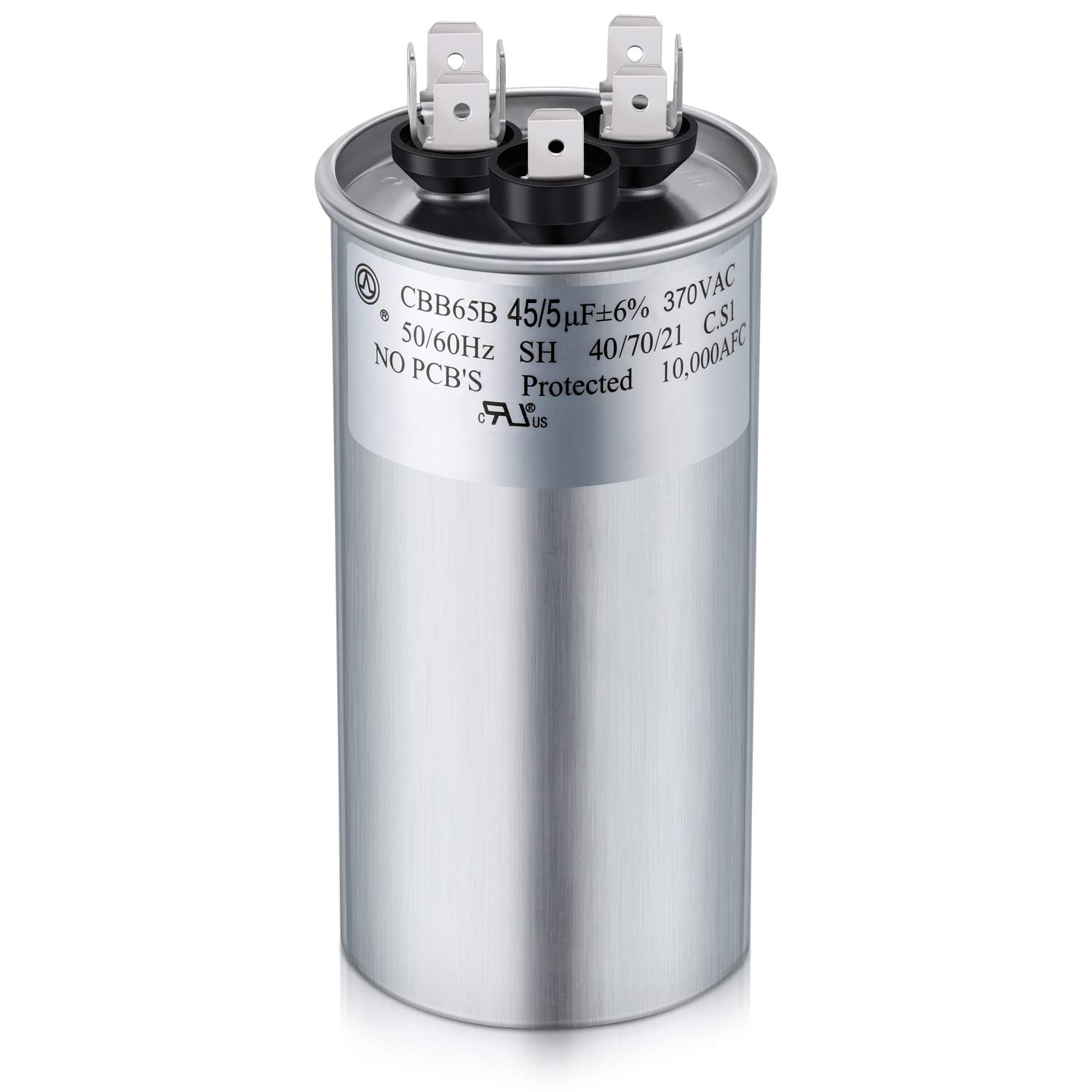

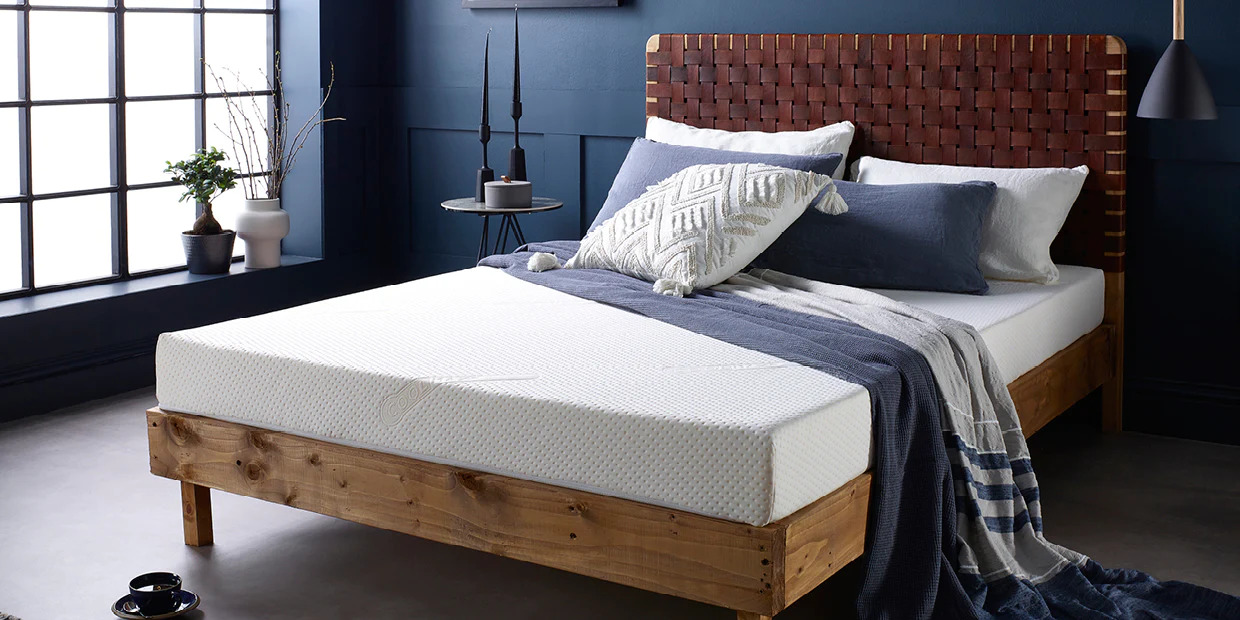

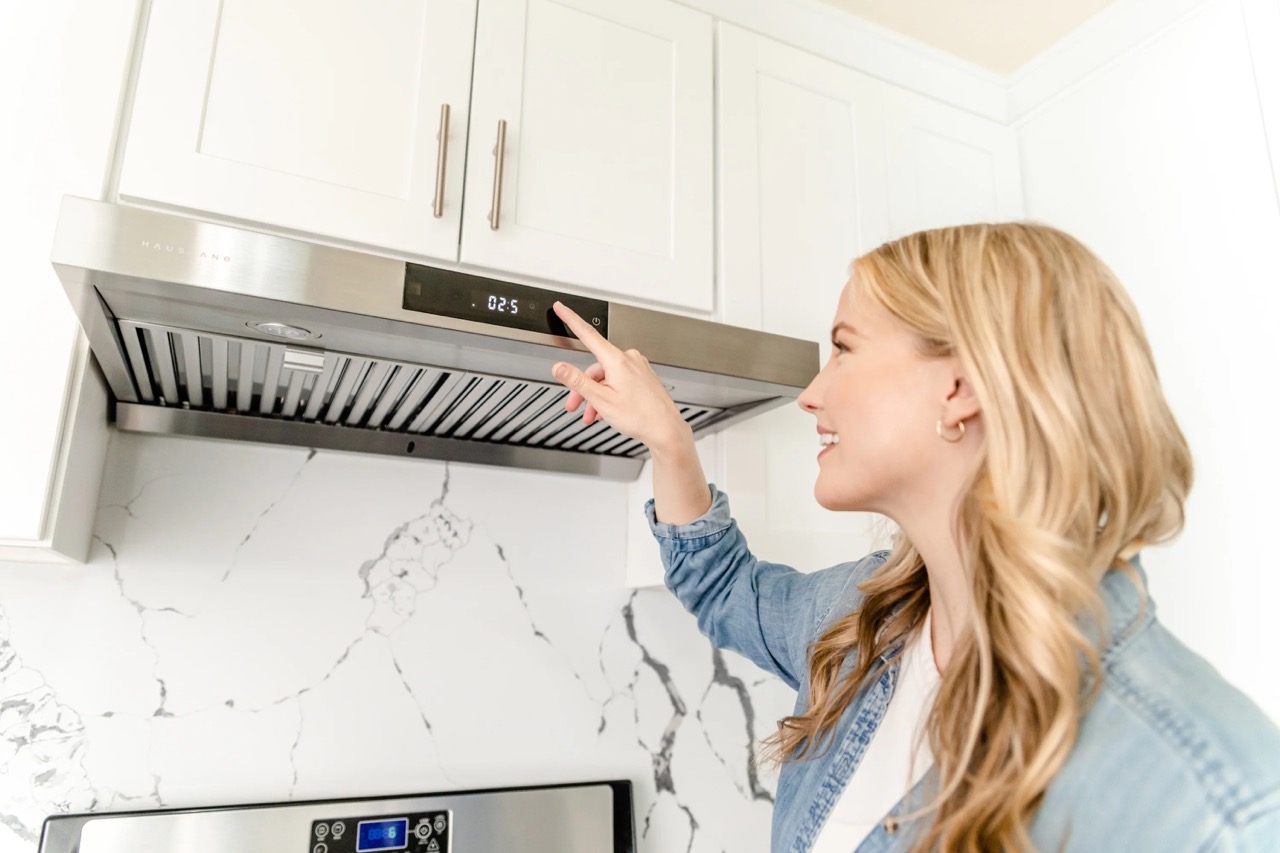
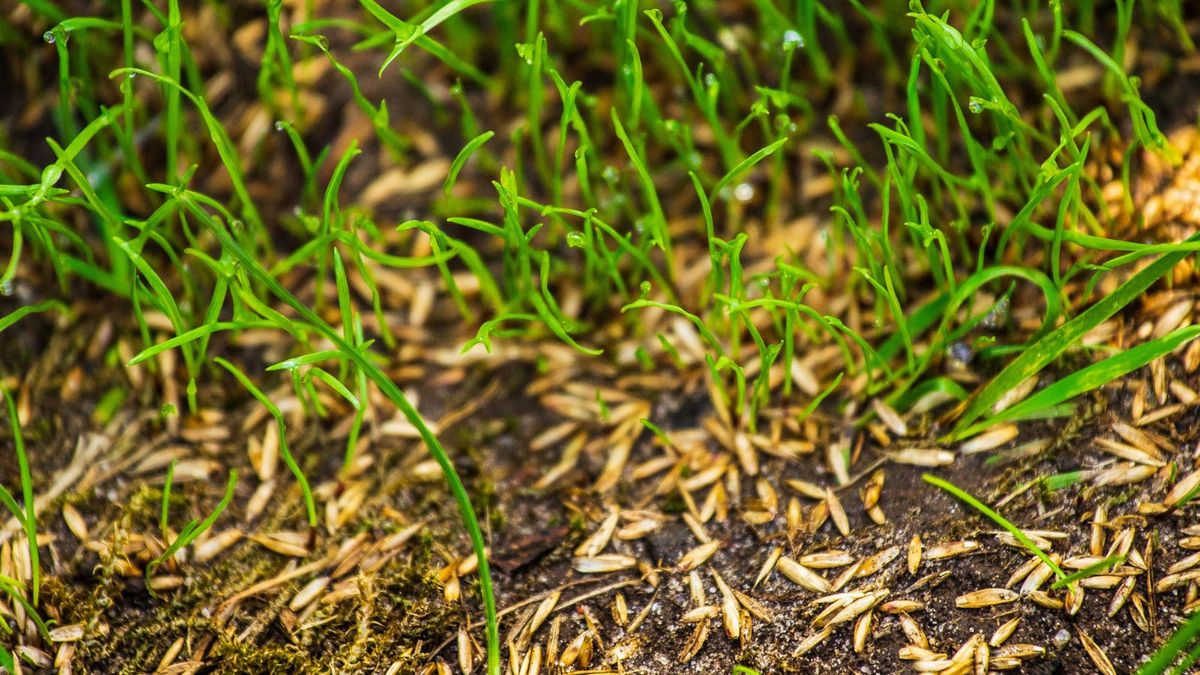
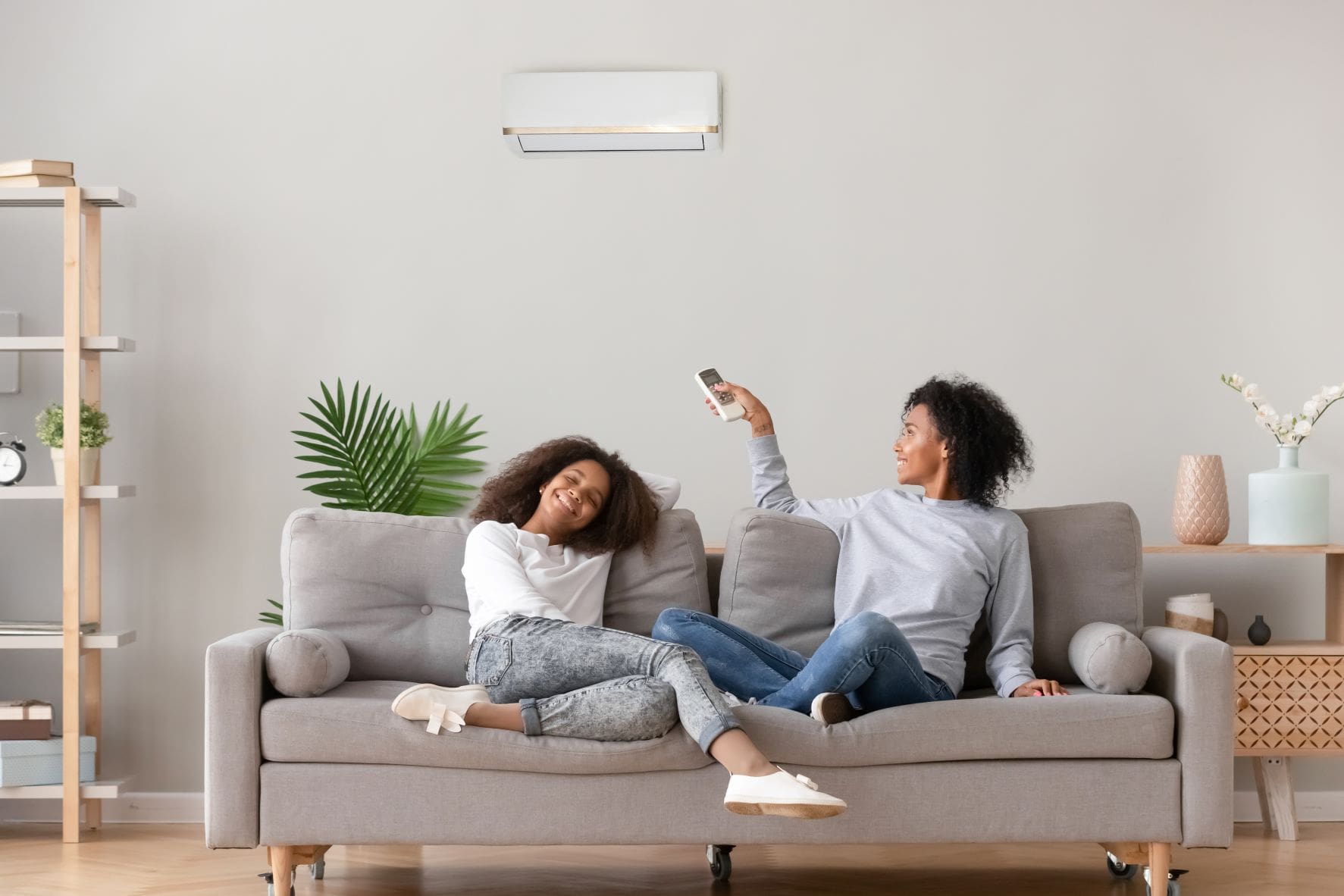

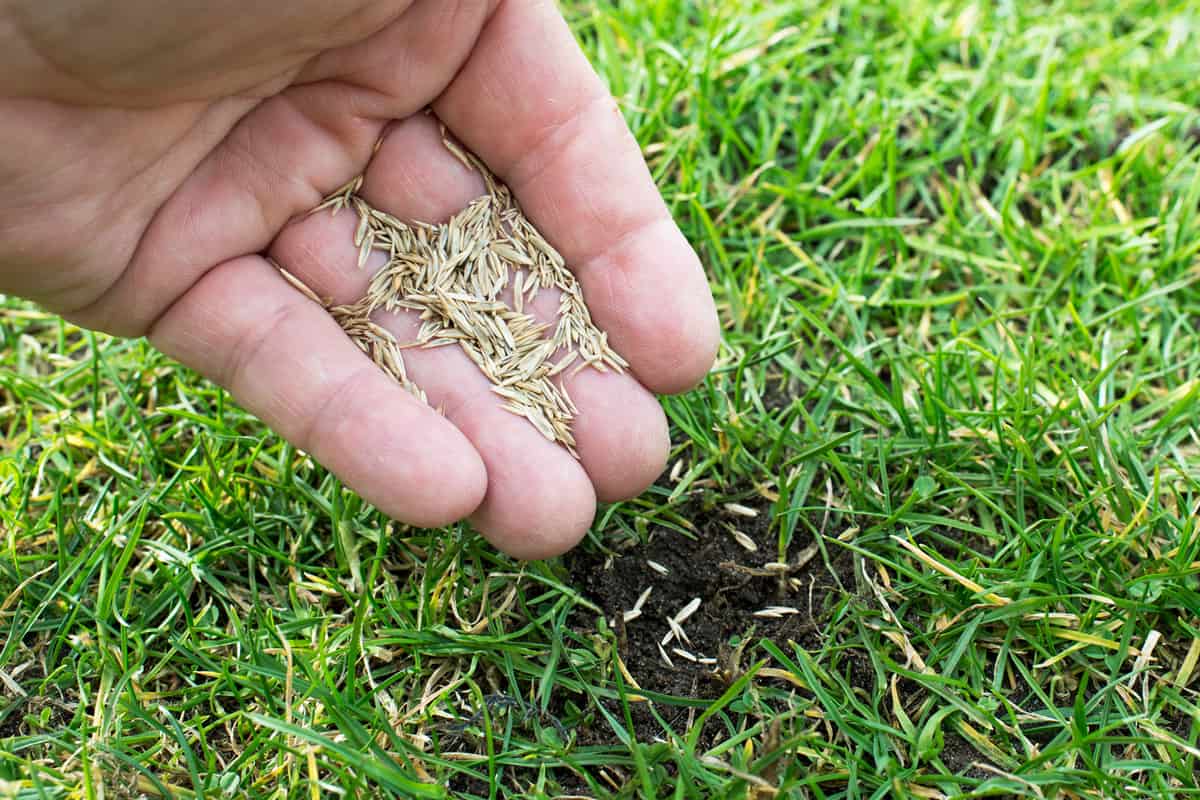


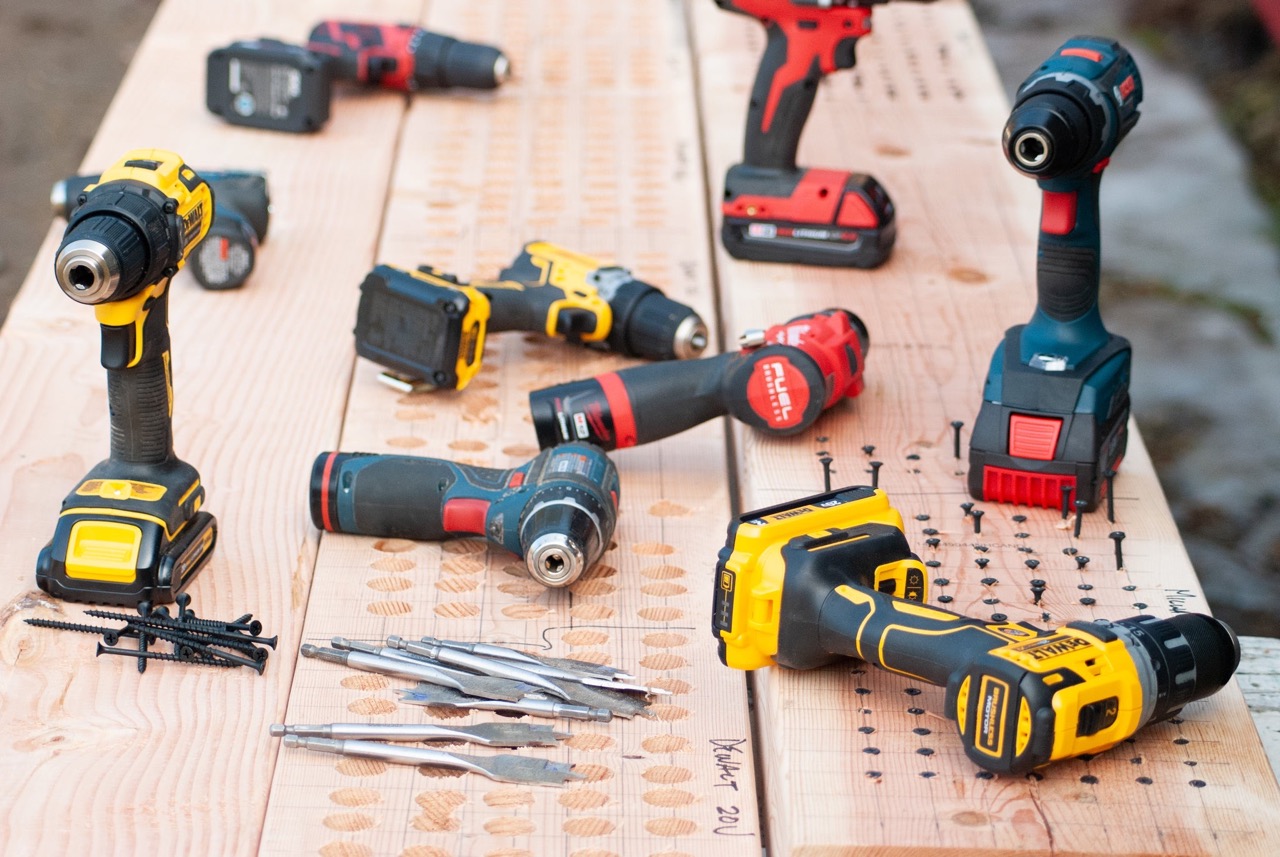
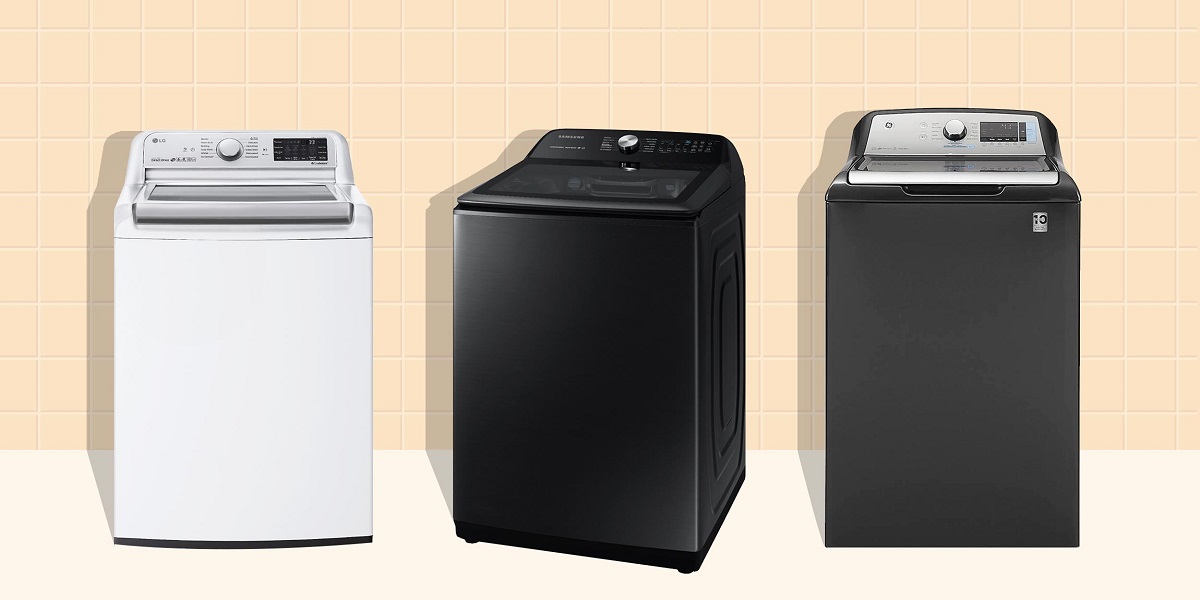


0 thoughts on “When Is The Best Time To Test The Ventilation System”